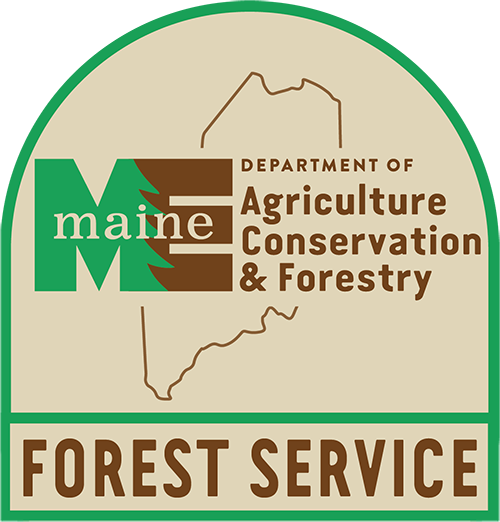Bureau/Division/Agency
Forest Services
Document Type
Text
Exact Creation Date
11-2020
Language
English
Recommended Citation
Department of Agriculture, Conservation and Forestry and Maine Forest Service, "Butternut canker (Ophiognomonia clavigignenti-juglandacearum)" (2020). Forest Service Documents. 270.
https://digitalmaine.com/for_docs/270
File Size
483 KB
Files over 3MB may be slow to open. For best results, right-click and select "Save As"
Rights Statement
No Copyright - United States. URI: http://rightsstatements.org/vocab/NoC-US/1.0/
The organization that has made the Item available believes that the Item is in the Public Domain under the laws of the United States, but a determination was not made as to its copyright status under the copyright laws of other countries. The Item may not be in the Public Domain under the laws of other countries. Please refer to the organization that has made the Item available for more information.



Description
Butternut canker is caused by the non-native butternut canker fungus Ophiognomonia clavigignentijuglandacearum, formerly known as Sirococcus clavigignentijuglandacearum. The disease affects butternuts throughout their native range and is gradually eliminating the butternut tree, since the species has very little, if any, resistance to the disease. Butternut trees have specific soil requirements and only grow naturally in certain areas in Maine, with populations more abundant in the southern parts of the state, but reaching as far north as Houlton, Maine. Some butternuts can be found in areas further to the north, but these are rare and often are planted. The fungus that causes butternut canker spreads by rainsplash and wind during wet weather and insects may also be involved in spore dispersal.